How does VR deceive the human brain into the illusion of reality?

VR seems so real that you scream involuntarily when you see a video falling from a high place in
How virtual reality tricks your brain --YouTube
At the beginning of the movie, a man wearing a VR headset and a controller is shown sighing while looking at his feet.
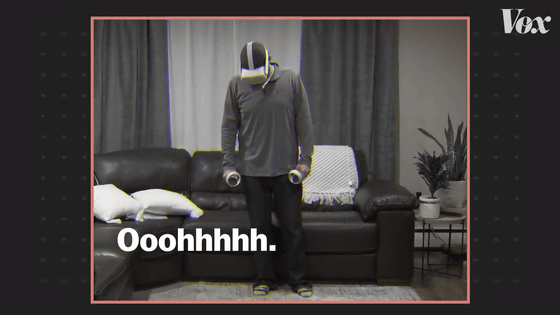
There is also a woman who shouts, 'What should I do!'
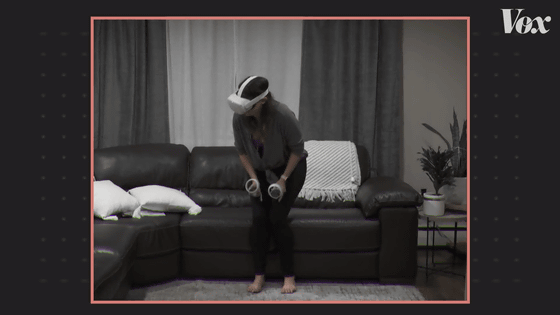
They are playing a VR game called
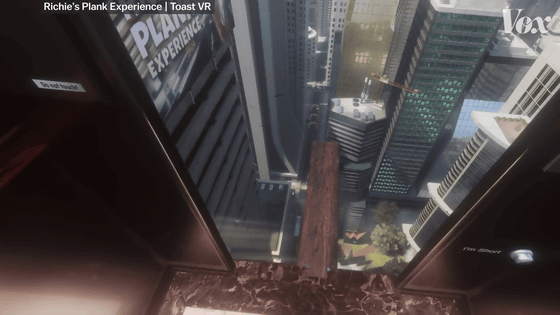
The graphics in Richie's Plank Experience are good, but the reflections of light still look unnatural ...
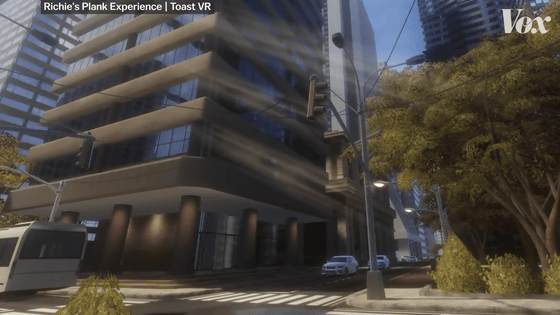
The outer wall of the building is too smooth ...
The leaves of foliage plants are squishy.
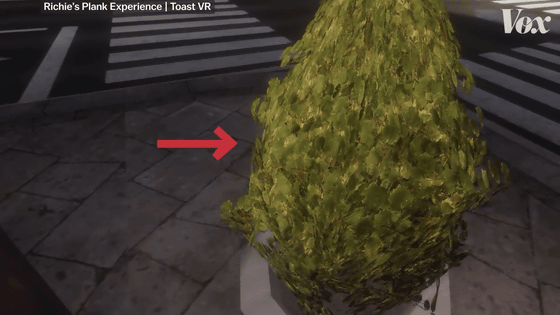
The rough graphics are noticeable in the details, but Richie's Plank Experience has succeeded in giving the player a 'realistic experience' even with rough graphics. For example, if
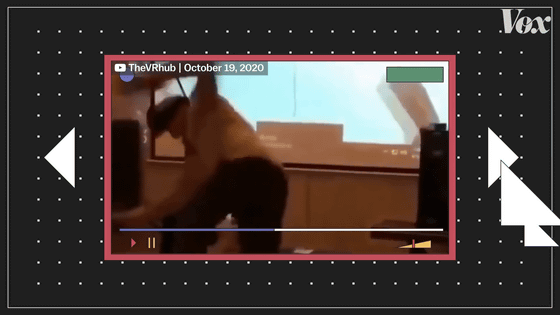
So why does VR 'look like reality when it doesn't look like reality'?

The biggest difference between 'seeing someone else experiencing VR' and 'actually experiencing VR' is the presence or absence of a VR headset such as
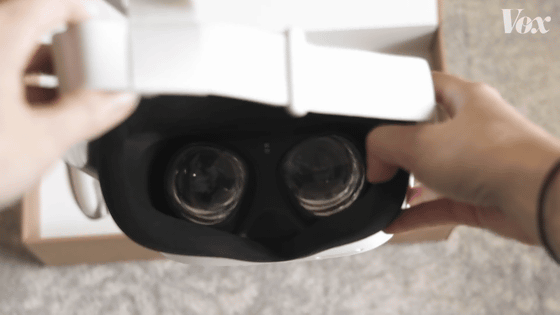
“VR headsets are the biggest failure in VR marketing,” said Song Nguyen, CEO of

'VR provides the brain with an experience that is completely different from watching video on TV,' explains Nguyen. When we watch TV, smartphones, etc., we recognize that the image on the screen is a 'flat object' like a photograph, and even if we can see the image of the ball flying on the screen, we will not avoid it. .. However, when the image of the ball flying is shown in VR, people are reacting to avoid it.
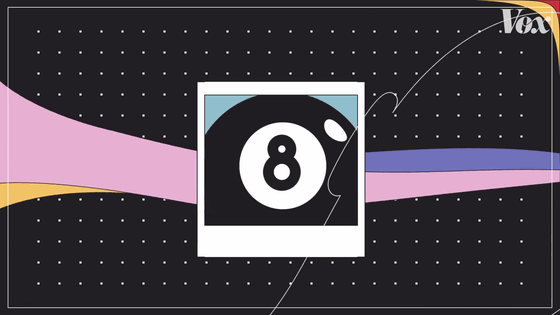
The cause of this reaction is that the VR headset has two screens, one in front of each eye. Not only are each screen placed close to both eyes, but each screen displays a slightly different image.
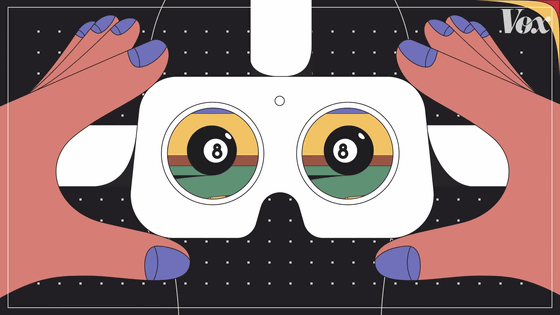
This imitates the mechanism by which humans see things: 'both eyes see slightly different images.'
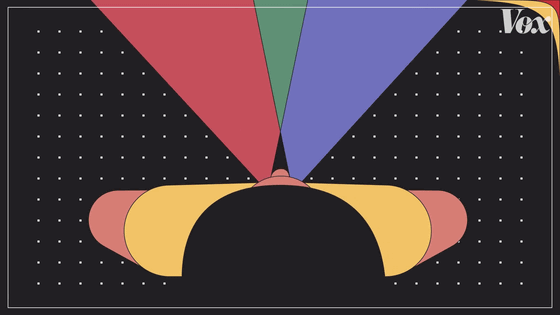
The fact that both eyes are looking at different images can be confirmed by an experiment in which one finger is raised in front of the face and one eye is crushed. The position of the fingers is slightly different when the left eye is closed and when the right eye is closed.
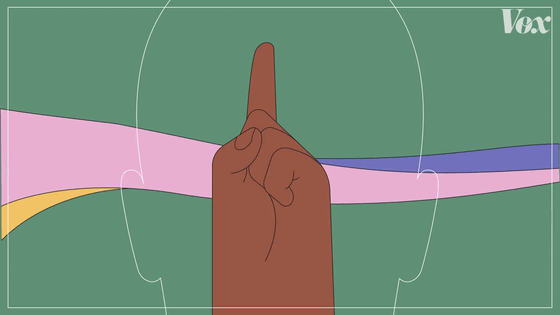
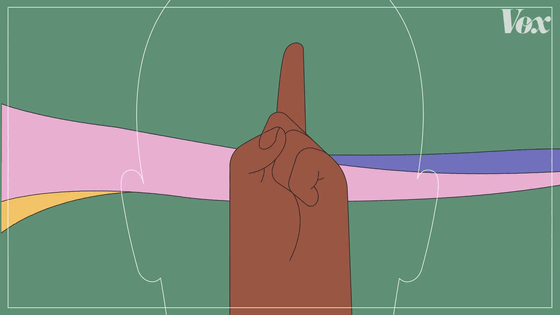
Humans judge the depth from the deviation of the visual information obtained from each eye.
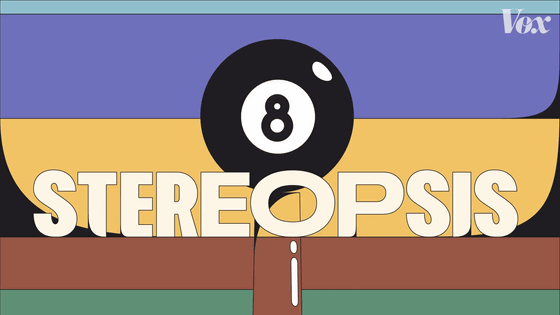
In addition, stereophonic sound is one of the elements that makes VR images look like reality. In Richie's Plank Experience, the sound of the wind changes when you look at it differently.
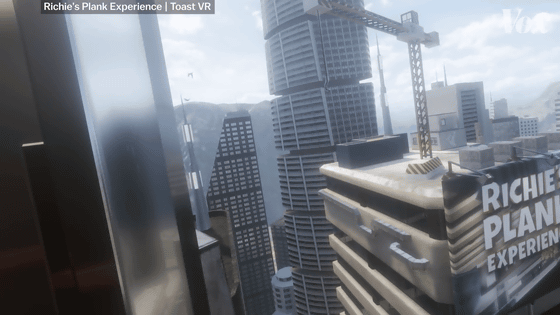
Frank Steinicke of the University of Hamburg, who has been studying VR technology for nearly 20 years, said that the information obtained from VR images cannot be clearly distinguished from real information. The problem of 'distinguishing between CG images and real images' did not occur in his brain. ' VR is a technology unfamiliar to humankind, but because it mimics the natural visual mechanism, the brain quickly adapts to the virtual environment.
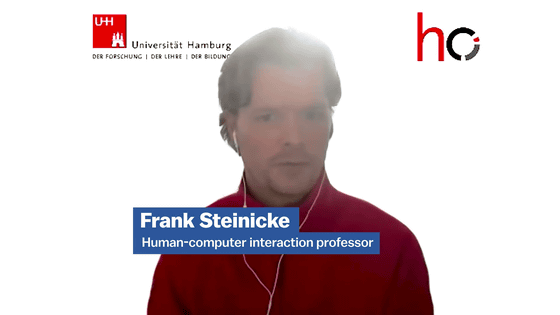
According to Steinick, some studies show that humans get 80% of their information from vision, and the impact of vision on the brain is enormous. In the experiment of 'watching a video of walking straight in VR and actually walking in a circle with a radius of 20 meters', none of the subjects noticed that they were walking in a circle in the real world. It is said that the human brain relies heavily on vision so that the result is obtained.
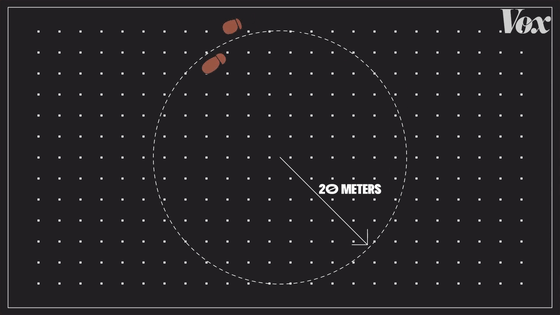
The brain depends so much on visual information that it tends to prioritize visual information even if there is a discrepancy between visual and non-visual information. Even if the temperature is hot in the real world, there are cases where the subject who was shown the image of the snowy mountains in VR feels cold. Using this phenomenon, experiments have been conducted in which a burned patient shows a VR image of a snowy mountain when changing bandages to relieve pain.
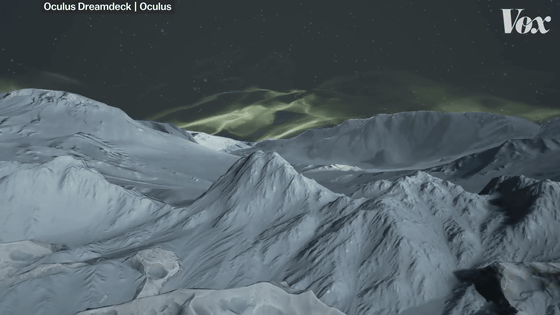
VR images in 2020 are still rough, but Mr. Steinick said, 'CG that is indistinguishable from reality will appear in about 5 or 10 years. However, if it becomes reality, ethics will appear. The above problem will surface. '
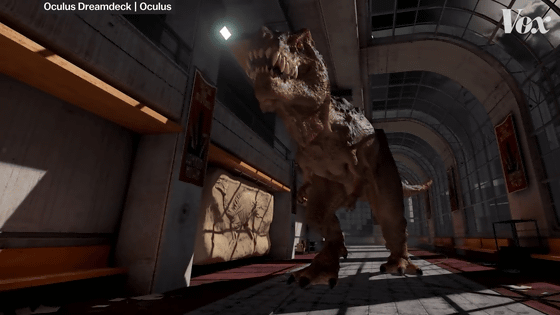
Related Posts:
in Video, Posted by darkhorse_log







